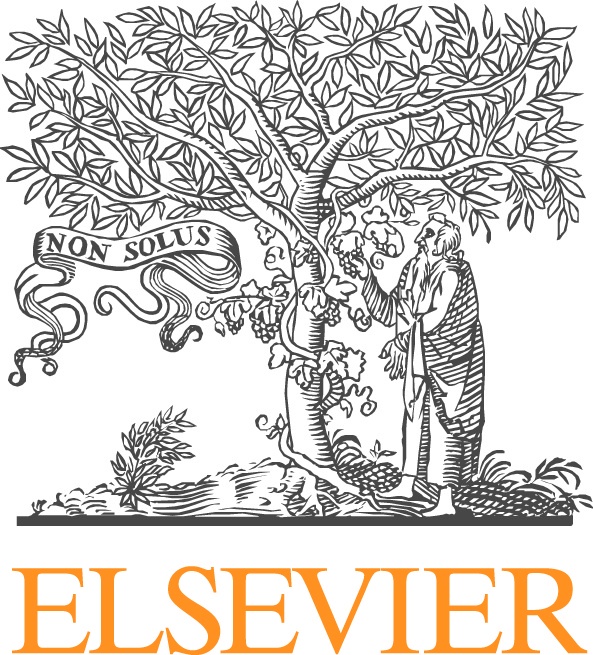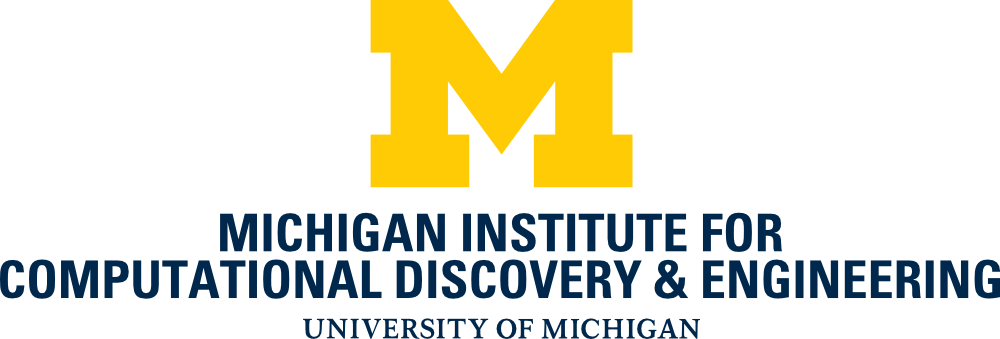Multiphysics Computation and Coupled Effects
Dong Qian, University of Texas at Dallas
Shaofan Li, University of California at Berkeley
Gregory Wagner, Northwestern University
Wing Kam Liu, Northwestern University
Harold Park, Boston University
Eliot Fang, Sandia National Laboratory
Justine Johannes, Sandia National Laboratory
Eliot Fang, Sandia National Laboratory
Justine Johannes, Sandia National Laboratory
Many engineering applications are driven by the interaction between mechanical properties and other physical and chemical properties. Examples include solid-liquid-vapor coexistence regions of metals relevant to additive manufacturing; coupled piezo- and/or pyroelectric properties of biological tissues and cells, shape memory effects in alloys and polymers due to themomechanical coupling, adsorption, adhesion, and cohesion of atomically thin layers in electrodeposition (e.g. LIGA microsystems), sputtering or (chemical-)vapor deposition; wettability and wetting behavior for microfluidics or coatings; stiction in micro-electromechanical systems (MEMS); Magneto-elastic coupling in ferromagnetic thin films; deformation-induced band-gap tuning of photonic crystals, and influence of strain on electronic properties of quantum heterostructures and carbon nanotubes. We invite talks on these and other problems where the interplay between mechanics and physics or chemistry of solids and fluids are the determining factors in the application. We encourage discussions of these multidisciplinary phenomena, and of innovative computational approaches, such as multiscale and multiphysics methods, as well as accounts of investigations and their findings.







